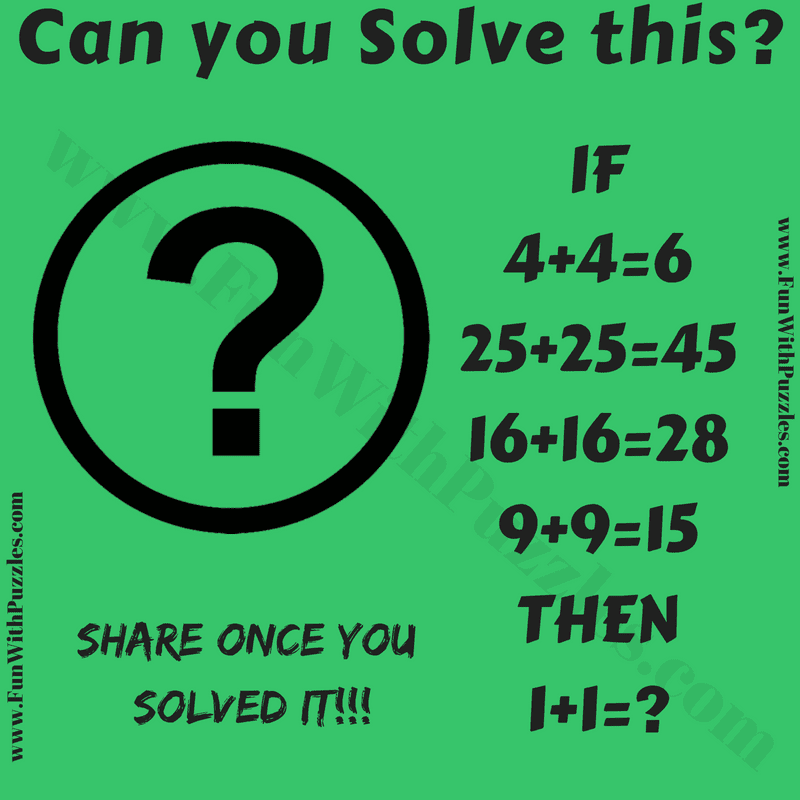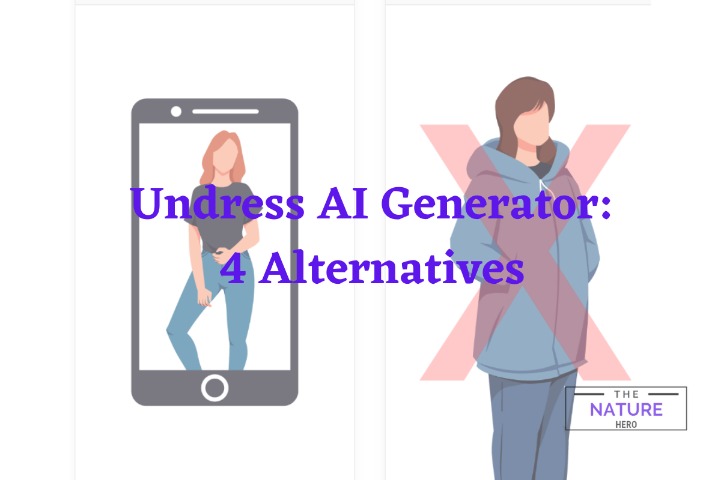The Rubik’s Cube has long been a symbol of intellectual prowess and vexing challenge. Ever since its invention in 1974 by Ernő Rubik, enthusiasts around the world have dedicated countless hours to mastering its solutions. Thanks to the advent of modern technology, we now have innovative tools such as the Rubik’s Cube solver that can demystify this colorful puzzle.
How AI Enhances Rubik’s Cube Solving
Artificial Intelligence has revolutionized numerous fields, and solving a Rubik’s Cube is no exception. The AI Rubik’s solver employs sophisticated algorithms to determine the optimal sequence of moves required to solve the cube. These AI systems analyze the current state of the cube and predict the most efficient path to reach the solved state, often within mere seconds.
The Role of the Cube Calculator
A cube calculator plays a pivotal role in translating the mixed-up colors into a solvable format for AI systems. By inputting the current configuration of the cube, the calculator processes complex mathematical models to render a step-by-step guide to solve the cube. This tool is invaluable for both beginners and seasoned cubers, providing an accessible means to decode the enigma of the Rubik’s Cube.
Read more about cube calculator here.
Advantages of Using an AI Rubik’s Solver
Using an AI Rubik’s solver presents several distinct advantages:
- Speed: Capable of solving the cube in record time, often faster than manual attempts.
- Accuracy: Minimizes human error, ensuring each step is correct and efficient.
- Learning Tool: Offers educational insights into algorithms and problem-solving techniques, making it a robust tool for learning and improvement.
Practical Applications Beyond Fun and Games
While Rubik’s Cubes are often considered a pastime, the technology behind AI solvers holds promise for broader applications. For instance, the algorithms used in a Rubik’s Cube solver can be adapted for logistical challenges, optimization problems, and even AI research. These systems offer a glimpse into how problem-solving techniques can be leveraged in diverse fields.
In conclusion, the evolution of tools like the Rubik’s Cube solver and the cube calculator exemplify the remarkable synergy between tradition and technology. By harnessing the power of AI, we can simplify the complex and make the seemingly impossible, possible.





